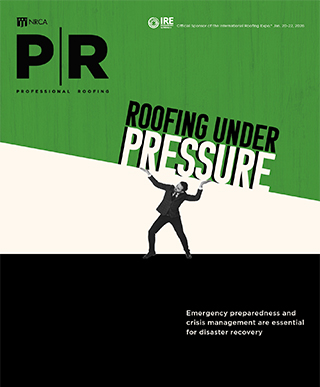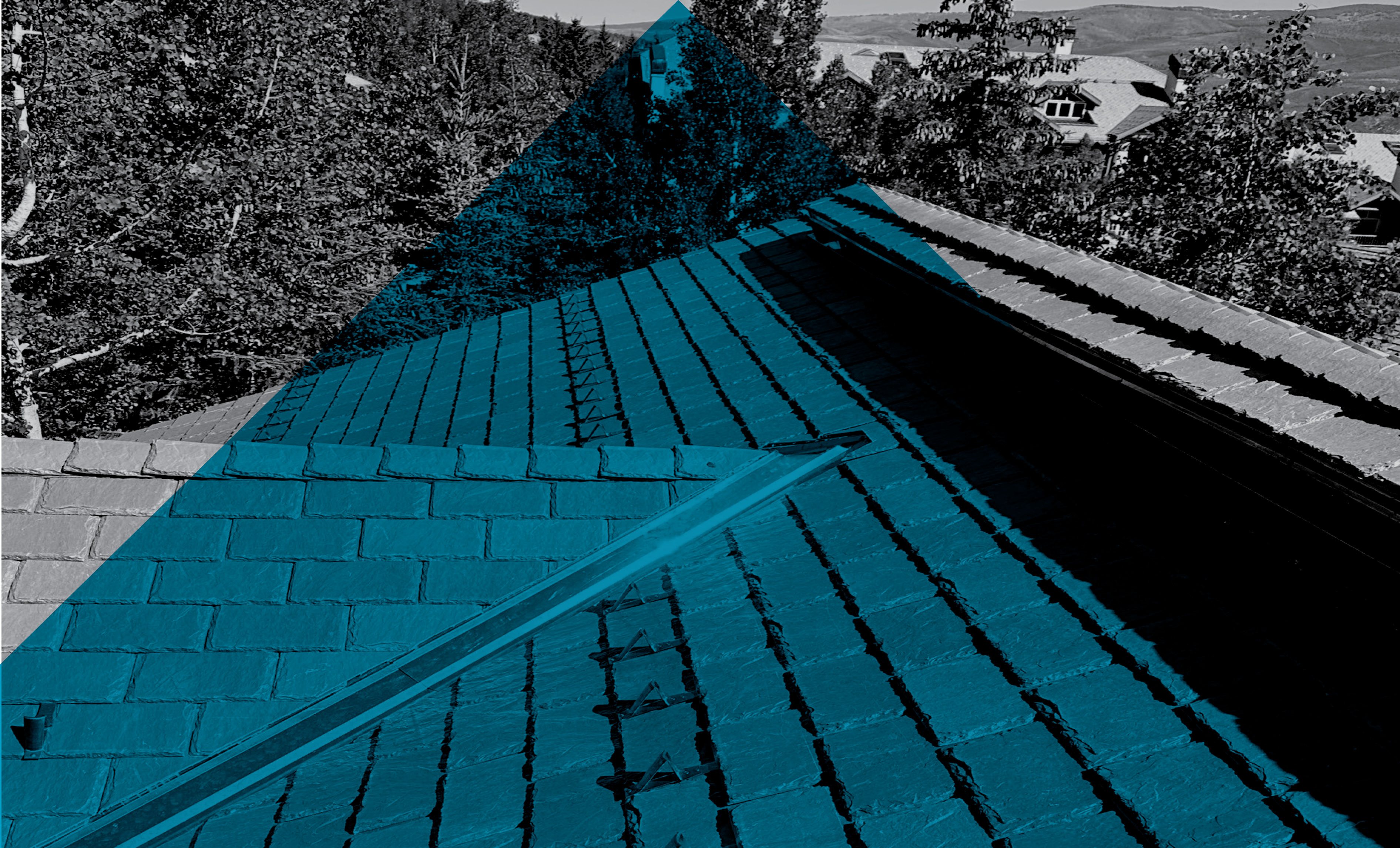
On July 4, President Trump signed into law the One Big Beautiful Bill Act (H.R. 1), a package that cements and expands many provisions from the 2017 Tax Cuts and Jobs Act. The final bill includes a host of pro-growth provisions that benefit roofing contractors, suppliers and the broader construction sector.
Although the law also includes measures related to defense, border security and immigration, its tax, workforce and business provisions will deliver significant and lasting benefits to the roofing industry.
The legislation delivers long-sought tax relief for roofing contractors, family-owned businesses and skilled trades employers while also expanding support for workforce training. But the bill also includes setbacks, particularly for energy-efficient construction incentives.
Tax relief
At the heart of the legislation is the permanent extension of the Section 199A 20% deduction for qualified business income. This deduction provides critical tax relief to pass-through entities. Coupled with the permanent top individual tax rate of 37%, the bill offers long-term tax certainty for roofing company owners filing as individuals.
Another major win is the increase in Section 179 expensing from $1 million to $2.5 million for qualified nonresidential real property, including roof improvements. This allows qualifying businesses to immediately deduct the full cost of a new roof in the year the investment is made, providing a powerful boost to cash flow and project affordability. This provision is effective for nonresidential real property improvements made after Dec. 31, 2024.
Additionally, 100% bonus depreciation is fully restored and made permanent for property acquired and placed in service after Jan. 19, 2025. The bill also includes the permanent restoration of full expensing for U.S.-based research and development costs, retroactive to 2022, benefiting roofing businesses that invest in new materials, methods or systems.
Starting in 2026, family-owned roofing businesses also will benefit from a permanent increase in the estate tax exemption to $15 million per person or $30 million for joint filers, helping preserve businesses across generations.
Additionally, NRCA successfully fought to remove a proposed cap on the pass-through entity tax deduction, which would have significantly increased taxes on roofing businesses in many states. This outcome was made possible by NRCA’s engagement with congressional leaders and strategic alliances across the Main Street business community.
Incentives
Recognizing the need for skilled labor in the trades, the bill expands the use of 529 education savings accounts and Pell Grants to cover accredited workforce training and credentialing programs. These reforms will help attract and prepare the next generation of roofing professionals.
The legislation also makes the family and medical leave tax credit permanent and enhances the employer-provided childcare tax credit to 40% with a cap of $600,000 for small businesses—key incentives that support worker retention and job-site flexibility.
Another notable provision provides temporary relief from federal income tax on overtime pay. From 2025 to 2028, individuals can deduct up to $12,500 in overtime pay ($25,000 for joint filers) as long as the deduction is reported separately on a Form W-2 or Form 1099. This measure incentivizes hard work and eases payroll tax burdens.
Other measures
Several administrative improvements also were included. The Form 1099 reporting threshold is updated to $2,000. Fewer than 200 app transactions will not require reporting nor will transactions less than $20,000, reducing compliance burdens on contractors.
The legislation also includes reforms to the Employee Retention Credit, introducing new promoter verification requirements and halting the processing of unpaid ERC claims filed after Jan. 31, 2024, to curb fraud.
In a win for domestic manufacturers, the bill increases the advanced manufacturing investment credit from 25% to 35%, encouraging U.S.-based production of materials and equipment.
Immigration
The bill dedicates more than $145 billion to border security and immigration enforcement including the expansion of detention centers and new application fees for visa programs. New fees will affect visa categories vital to the roofing workforce, such as H-2B and Temporary Protected Status.
Although intended to fund enforcement, these added costs could increase burdens for small businesses and will require close monitoring. With the enactment of these provisions to strengthen border security and reduce illegal immigration, NRCA believes now is the time for Congress to pursue immigration reforms to address the workforce needs of the roofing industry.
Clean energy tax
The One Big Beautiful Bill Act, combined with a July 7 executive order, significantly alters the landscape for clean energy tax incentives, tightening deadlines and adding new restrictions that affect solar, battery storage and energy-efficient roof systems.
The Section 25D residential clean energy credit—a 30% nonrefundable tax credit for solar panels, battery storage and geothermal systems—now is only available for expenditures made or systems placed in service by Dec. 31, 2025. Previously, the credit phased out gradually through 2034.
The Section 48E investment credit and Section 45Y production credit—tech-neutral incentives for clean electricity—now face earlier expiration dates and tighter eligibility rules. Projects must begin construction by July 1, 2026, or be placed in service by Dec. 31, 2027, to qualify.
The 48E credit offers a 6% base rate, 30% bonus and up to 70% for projects meeting domestic manufacturing and equity-focused criteria. However, projects involving foreign entities of concern are ineligible, primarily those linked to China. Leased systems must meet additional requirements tied to construction dates and sourcing. Both credits include a rising domestic content requirement: Starting in 2026, at least 40% of materials must come from non-FEOC sources, increasing to 60% by 2030.
The bill also codifies the IRS’ two-part test for beginning construction under these provisions: physical work or in-curring 5% of project costs. However, a July 7 executive order instructs the Department of the Treasury to revise these definitions to prevent abuse. Experts warn that relying solely on the 5% spend test may no longer be sufficient, urging developers to adopt multiple compliance strategies.
The order also directs the Department of the Treasury to end tax credit eligibility for solar and wind projects that don’t begin construction by July 4, 2026, or aren’t completed by Dec. 31, 2027.
NRCA strongly opposed these rollbacks, which reduce incentives for energy-efficient roof systems and threaten progress in sustainable construction. We continue to press for policies that promote economic growth and environmental performance.
NRCA also will continue working to ensure implementation supports contractors and remaining workforce and energy concerns are addressed in future legislation. For now, roofing professionals should review their tax planning strategies and take advantage of these hard-won benefits.

Deborah Mazol
Director of federal affairs
NRCA



